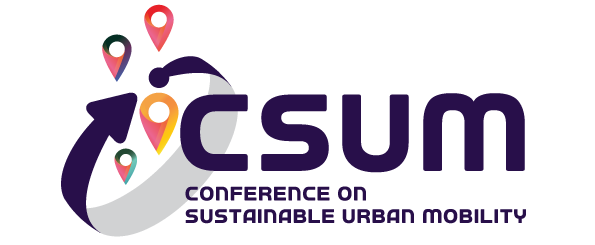Active and non-motorized travel

Active and non-motorised travel modes are at the heart of sustainable urban mobility. Indeed, walking and cycling do not just enable reliable zero-emission trips in urban areas, but they also have significant public health and quality of life benefits. However, despite city authorities worldwide promoting active and non-motorised travel in recent years, the low perceived safety and comfort of pedestrians and cyclists remains a hurdle to the desired uptake of walking and cycling as true alternatives to private car travel. Deterrents often include poorly designed or maintained infrastructure, lack of understanding of road user behaviour, as well as an appalling road safety record that has, regrettably, consistently justified the designation of pedestrians and cyclists as “Vulnerable Road Users”. Submissions to this thematic track would, hence, address the research challenges relating to all aspects (micro-, meso- and macroscopic) of active and non-motorised travel modes, including:
- Walking and cycling infrastructure
- Vulnerable Road User safety
- Pedestrian and cyclist modelling and simulation
- Walking and cycling behavioural aspects
- Technological methods and tools for walking and cycling
- Integration of walking and cycling with other passenger transport modes
- Walking and cycling in freight and logistics
- Impact assessment and evaluation of walking/cycling schemes



